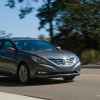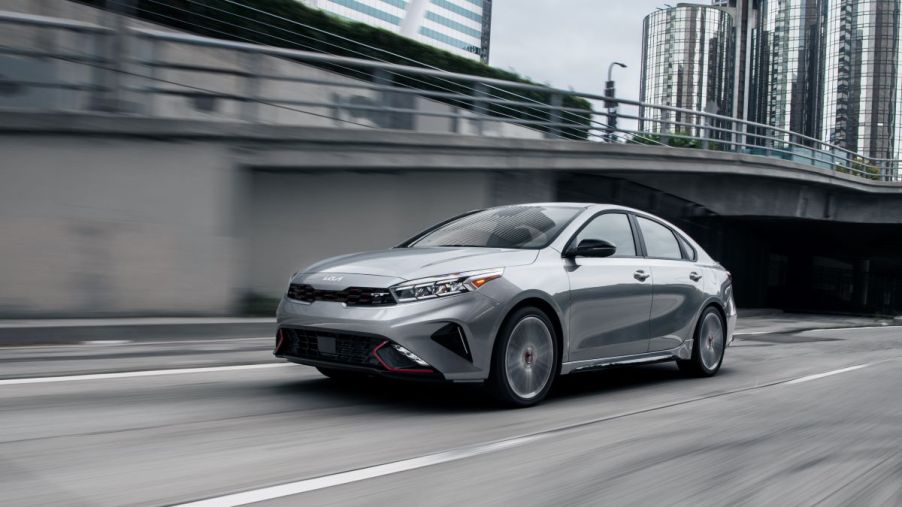
Why You Should Ignore the Fearmongering Surrounding the Kia Forte’s ‘Poor’ IIHS Crash Test Ratings
If you’re lashing out in anxiety over the Kia Forte’s new crash test ratings like so many others, stop and take a deep breath. Wait a minute before you start shopping for a crossover SUV to keep up with your neighbors, the Joneses. Despite one of Korea’s best-selling sedans lacking a bit in the rear-seat safety category, it shouldn’t upset you. In fact, it’s tantamount to fearmongering, and you shouldn’t care at all.
Kia Forte fares poorly in IIHS crash tests
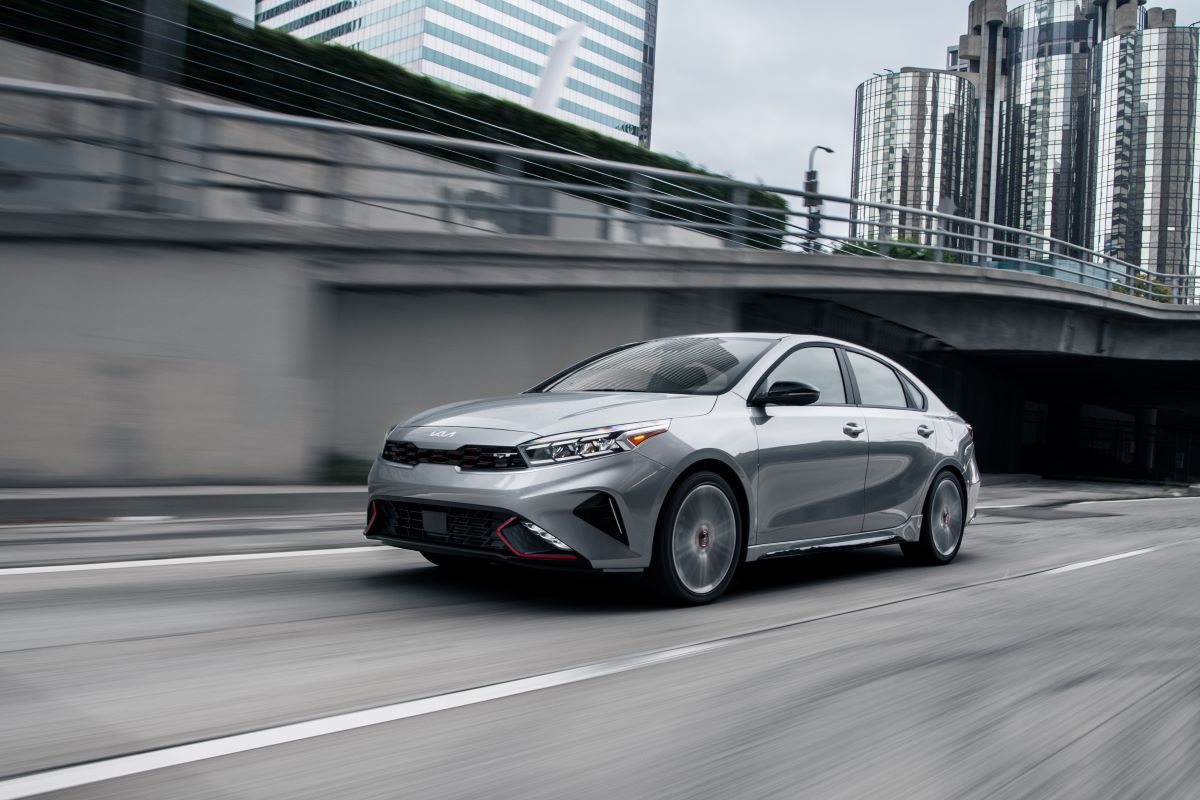
The most recent round of crash safety tests from the IIHS (Insurance Institute of Highway Safety) has Kia Forte owners putting their car ownership under consideration. According to the institute’s analysis, the 2023 Kia Forte, and subsequent older models, failed two particularly important tests. In the side impact and frontal overlap reviews, the Forte was rated “Poor,” a shocking revelation for many.
The side impact test is pretty important, with roughly 25% of U.S. passenger vehicle deaths caused by such collisions. But the overlap test is paramount as it attempts to shed light on how a vehicle protects occupants from the leading cause of vehicle fatalities, the IIHS states. As can be expected, size plays a large role in these results—pun intended. For instance, the three-row SUV has more mass to absorb an impact than a compact car with but a fraction of its girth.
To combat the lack of protection for the sides of vehicles wherein more strengthening beams can’t be placed, side airbags are now standard on most new passenger vehicles. They help absorb the impact that the lack of additional architecture cannot. Automakers have made strides in safety innovations, especially with compact cars, in an era where more people drive larger SUVs than smaller vehicles. But why is there sudden concern that the Kia Forte is unsafe?
The Kia Forte isn’t the only car that failed crash tests
IIHS analysts aren’t just picking on Kia’s four-door compact. Other popular sedans saw a drop in their safety and crashworthiness evaluations, such as the following:
- 2022-2023 Honda Civic
- 2022-2023 Nissan Sentra
- 2023 Toyota Corolla
- 2022-2023 Subaru Crosstrek
The models listed above all leave much to be desired in back seat protection. In fact, none of the five vehicles, including the 2022-2023 Kia Forte, earned the highest grade of “Good,” with three earning the lowest grade of “Poor” in the front overlap and side impact tests. Unfortunately, the compacts have another commonality: it’s what the IIHS calls “submarining.”
Examinations used a crash test dummy emulating the size of a small female or an average 12-year-old. Under collision conditions at approximately 40 mph, the dummy was launched underneath the seat belt, thus submarining, vastly increasing the risk of abdominal and other internal injuries. All that obviously sounds quite grim. But what you don’t know is that it’s a brand-new test.
Crash tests for dummies
In 2022, the IIHS decided to update how they test side and frontal overlap crashworthiness. Previously, the institute utilized their “Hybrid III” dummy representing an average-sized male. This is the one you see in the driver’s seat with the bicolor face tattoos. But the new second dummy is positioned in the second-row seat behind the driver to incorporate revised kinematics and focus on injuries most frequently seen in rear-seat occupants.
These renewed standards, including stricter scrutiny from the IIHS and the NHTSA (National Highway Traffic and Safety Administration), have undoubtedly led drivers to reconsider their cars. After all, the IIHS released some rather grim findings based on their 14 years of analysis.
| Frontal impact rating | Decreased likelihood of collision fatality* | Side impact rating | Decreased likelihood of collision fatality* |
| “Good” | 46% | “Good” | 76% |
| “Acceptable” | N/A | “Acceptable” | 64% |
| “Marginal” | N/A | “Marginal” | 49% |
Bear in mind, no one questioned the Forte’s safety credentials the day prior. It feels like only yesterday that Kia’s compact five-seater was the darling child of the new-and-improved, safety-inclined segment for the masses. And that’s because it was.
How well does the Kia Forte protect its passengers?
The Kia Forte was a recent top safety pick for the IIHS and NHTSA, supporting a trend indicating that build quality was increasing. For instance, the following are previous years’ ratings:
| Model year | IIHS rating | NTHSA rating |
| 2017 | Top Safety Pick+ | Five-star |
| 2018 | Top Safety Pick+ | Five-star |
| 2019 | Top Safety Pick+ | Four-star* |
| 2020 | Top Safety Pick | Four-star* |
| 2021 | Top Safety Pick | Four-star* |
| 2022 | N/A | Four-star* |
| 2023 | N/A | Four-star |
Couple that with recalls having had a downward trend over most of the past decade, and the Kia Forte looks good. And with an industry-best 10-year, 100,000-mile limited powertrain warranty, the Forte will keep you moving for a while. At least until you’re in a collision. But that’s what the agency and institute want you to think, and they’re right.
Neither the IIHS nor the NHTSA is pulling the wool over the American car buyers’ eyes. They have no other agenda than to provide feedback to manufacturers and to the public regarding crashworthiness. But it’s important to note that the sudden drop in ratings has nothing to do with the Forte; it’s relative. The compact has been, for the most part, a carryover throughout its third generation, but prevailing standards change.
What safety features does the Kia Forte have?
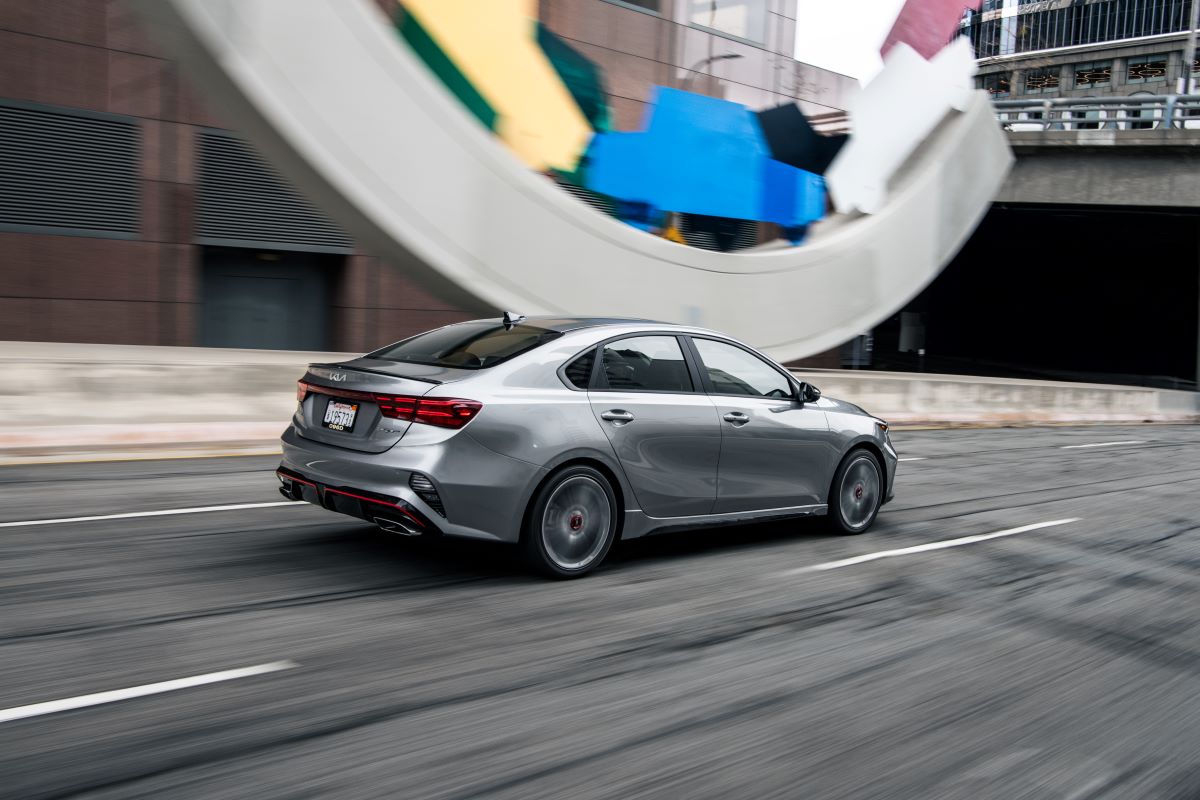
Little has been altered on the Forte since 2019. Though, it has included more and more safety features in the base model that were hitherto optional extras. The 2023 Kia Forte LX with starting MSRP of just $19,690, for example, includes the following:
- Driver attention monitoring
- Dual front, side, and full-length side-curtain airbags
- Electronic stability control
- Forward collision avoidance assist with pedestrian detection
- Hill start assist control
- Lane-following assist
- Lane-keep assist
- Lower Anchors and Tethers for Children (LATCH)
- Rear child safety locks
- Rear-view monitor with dynamic parking guidance
- Tire pressure monitoring system
- Traction control system
In all, the Forte has more safety features than you can shake a stick at. And for all those claiming it and others aren’t safe, the compact Kia has more safety kit than many full-size trucks and SUVs—the culprits causing the IIHS and NHTSA to update their standards.
Is the Kia Forte a safe car?
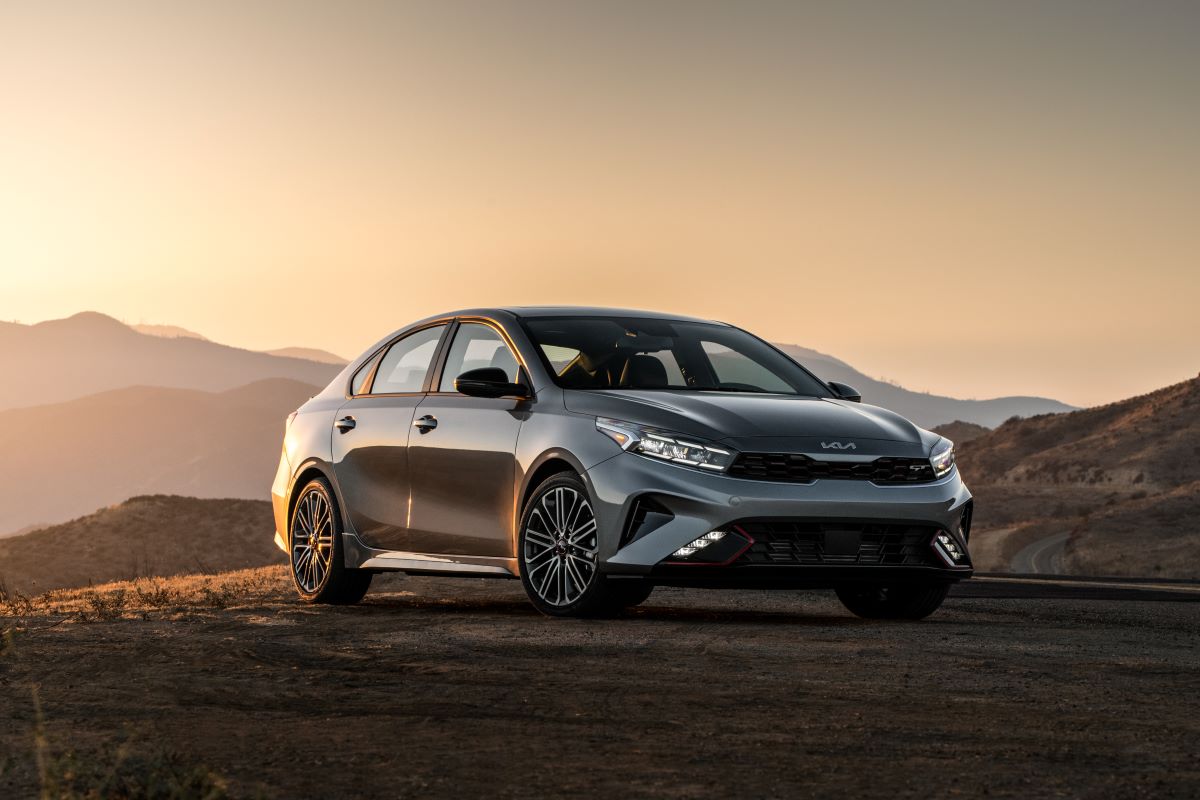
Anyone who has taken a public school standardized test knows that newer sections of the test are often trials that can be thrown out later if it’s found that it doesn’t accurately measure what should be taught. That’s not a comparison to the quandary the Forte finds itself in, but a nugget of relative truth that changes in standards don’t necessarily reflect actuality but the examination tools and methods themselves. Then again, amphetamines were once a solution to pregnancy weight gain, and kerosene was conversationally prescribed as cough syrup. Despite anachronistic provincial colloquialisms, the Kia Forte is a safe car, but the perception of what constitutes safety has changed.
Case in point, the Volvo V60 is one of the safest cars on sale and won the IIHS Top Safety Pick+ designation in 2022. In 2023, however, it lost it due to the updated tests.
Are we now going to badmouth the quintessential safety-minded brand? If not, why fearmonger those who like the Kia Forte? Just because it’s not as good for us today as it was for us yesterday doesn’t mean it’s not a perfectly acceptable car.
